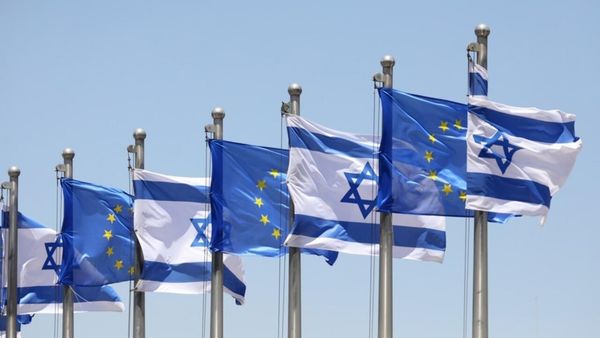
When into the valley of Death rode the six hundred, William Howard Russell’s account of the charge of the Light Brigade, a failed British attack on Russian cannons in the Crimean war in 1854, took about three weeks to appear in the Times. Last November, after Ukrainian soldiers entered Kherson and pushed Russian forces over the Dnieper, hours, if not minutes, elapsed before images were shared with the entire world on social media and messaging apps.
A vast amount of information about the war is surging out of Ukraine thanks to mobile-phone video, drone footage, satellite images and other forms of open-source intelligence (OSINT). Commercial satellites offer quick and public bomb-damage assessments of Ukrainian attacks on Russian air bases. The war is producing an order of magnitude more video footage than the civil war in Syria. The abundance of OSINT is transforming how the world witnesses war. It has brought forth a new breed of citizen-analysts, who are often anonymous.
They can have a big impact. Take the explosion that killed two people just over the border in Poland on November 15th. The world held its breath. Many thought Russia had fired the missile, and feared that nato would be drawn directly into the fighting. Fortunately, open-source experts quickly spotted that the debris was from an errant air-defence interceptor fired by a Ukrainian s-300 battery.
But information can also mislead. As with all wars, truth is often a casualty. Data may be plentiful, but incomplete, biased or manipulated. You are more likely to see the dramatic destruction of targets than failed strikes; more of the ground war than the one in the skies; and more of the problems of Russian troops than the woes of their Ukrainian opponents.
The Ukraine war offers lessons about this new age of mutually assured surveillance. One is that the public needs to get to grips with the limits of OSINT. A profusion of data can create as much fog as a lack of it. Graphic images of destroyed Russian armour led many to conclude that the tank had become obsolete. In fact, heavy armour remains essential. Ukraine is pleading for Western tanks to fight the next phase of the war. Britain is sending 14 Challengers; Germany is coming under extreme pressure to contribute Leopards—or at least let other countries do so.
Another lesson is that intelligence agencies should accord more weight to open-source data, and the means to mine and interpret it. OSINT was once a sideline that supported intelligence collected by clandestine methods. Now the roles are reversing. Human, signals and geospatial intelligence help make sense of the mass of public data. In the run-up to the invasion last year open-source analysts saw Russia’s military build-up. The difference between America and Britain, which predicted an attack, and France and Germany, which did not, was their spooks’ methods. Should President Vladimir Putin consider using a tactical nuclear weapon, only intelligence agencies could hope to detect the telltale warning signs.
The last lesson is that it has become hard for anyone to hide. Without the requisite digital trails, spies will struggle to construct plausible cover stories. Soldiers, too, must learn to operate under the panopticon. In case of war with China, for instance, America’s marines plan to scatter across Pacific islands to close sea lanes using anti-ship missiles. To survive, they will have to hide their radio emissions in the surrounding electromagnetic noise. As Russia has learnt to its cost, careless mobile-phone chatter can attract deadly strikes. Even if Russell’s successors are not on hand, a passer-by may well be there with a phone to record the war for all to see. ■







